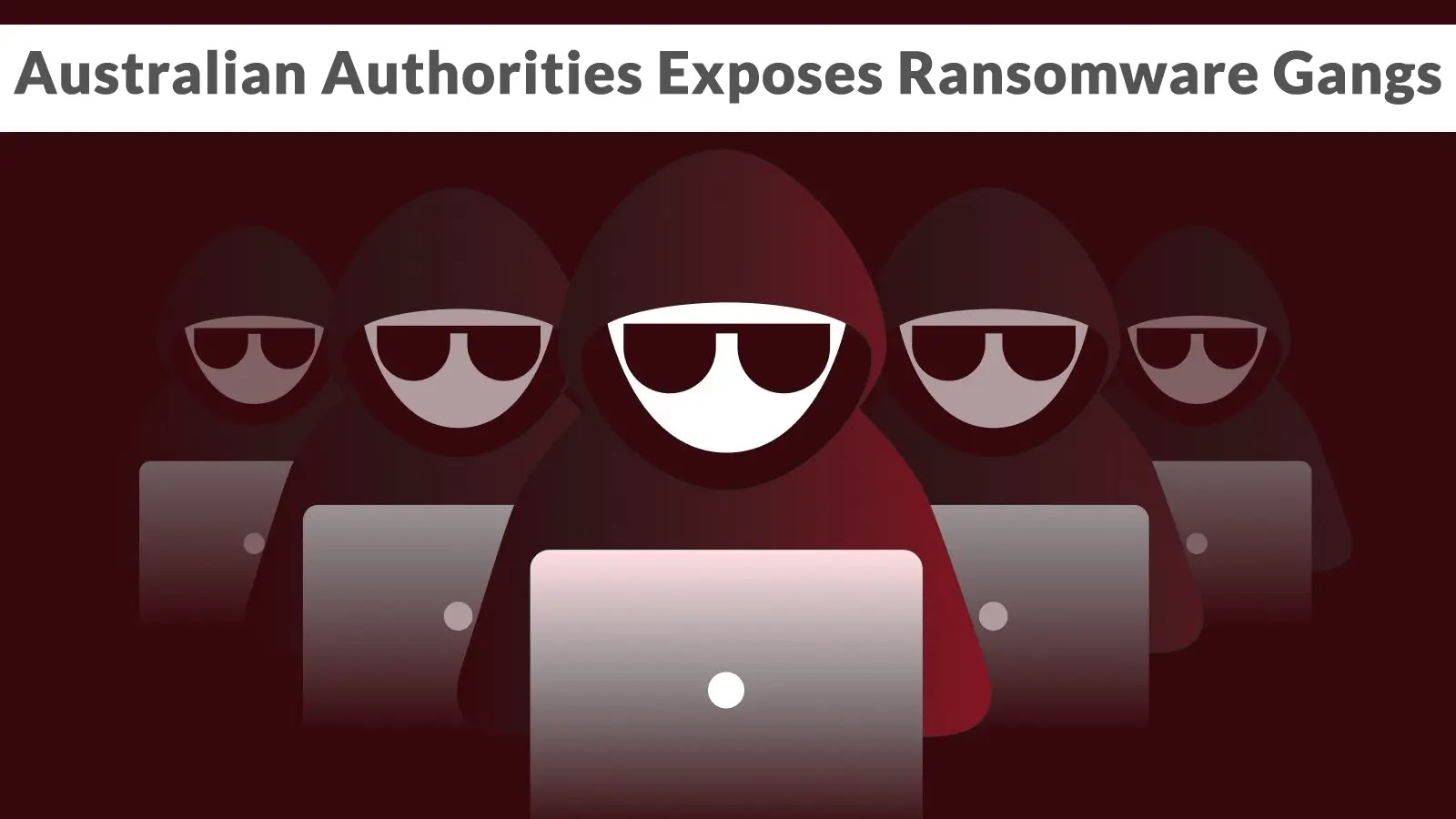
Australian Authorities Uncovered Activities and Careers of Ransomware Criminal Groups
Unmasking the Architects of Digital Darkness: Australian Authorities and the Ransomware Threat
Ransomware is no longer merely an IT inconvenience; it stands as a
formidable national security challenge, a weaponized force targeting the very foundations of our digital society. What began as scattered opportunistic attacks has metastasized into a sophisticated, billion-dollar illicit industry operated by highly organized criminal syndicates. These groups aren’t just breaking into networks; they’re extorting entire economies, holding critical infrastructure hostage across multiple nations. Recent insights from Australian authorities shed critical light on the true scale and operational depth of these digital adversaries, revealing the alarming careers forged within the ransomware underground. The sheer volume of attacks—over 865 documented instances against Australia, Canada, New Zealand, and the United Kingdom between 2020 and 2022 alone—underscores the urgent need to understand, disrupt, and ultimately dismantle these pervasive threats.
The Global Reach of Ransomware Syndicates
The ransomware ecosystem is characterized by its international footprint and chilling efficiency. These are not isolated actors; they are intricately connected networks, leveraging advanced cryptovirology techniques and an ever-evolving arsenal of tactics. The staggering number of recorded attacks within the “Five Eyes” intelligence alliance nations highlights the indiscriminate nature of these campaigns. Critical sectors, from healthcare to energy, manufacturing to government services, are constant targets. The financial motivations are clear: ransoms demanded in cryptocurrency can amount to millions, even hundreds of millions, funneLLING vast sums into the criminal underworld. The ripple effect extends beyond immediate financial loss, encompassing significant operational disruption, reputational damage, and, in some cases, a direct threat to public safety.
Advanced Tactics and the Business of Ransomware
The operational models of modern ransomware groups increasingly mirror legitimate businesses. They often employ dedicated teams for reconnaissance, exploit development, negotiation, and even “customer support” for victims. Initial access brokers (IABs) specialize in breaching networks and selling access to ransomware operators. Affiliates, often recruited through dark web forums, execute the actual attacks. The technical sophistication is palpable, with groups constantly refining their encryption algorithms, developing new evasion techniques, and exploiting newly discovered vulnerabilities. For example, the exploitation of vulnerabilities like CVE-2021-34473 in Microsoft Exchange or CVE-2021-44228 (Log4Shell) allowed widespread initial access for many prominent ransomware campaigns.
Double extortion, where data is not only encrypted but also exfiltrated and threatened with public release, has become a standard tactic, adding another layer of pressure on victims. This amplifies the potential for reputational damage and regulatory penalties, forcing organizations into a difficult ethical and financial dilemma.
Intelligence Gathering and Disruptive Actions
Australian authorities, in collaboration with international partners, have significantly advanced their capabilities in tracking and disrupting these criminal enterprises. This involves deep dives into cryptocurrency transaction tracing, analysis of dark web communications, and intelligence sharing across borders. Unmasking the careers within these syndicates means identifying key roles: the initial access providers, the malware developers, the negotiators, and the money launderers. Understanding these “career paths” allows law enforcement to target the infrastructure, leadership, and financial arteries of these groups, making their operations riskier and less profitable.
The success of these operations relies heavily on:
- Proactive Intelligence Sharing: Rapid dissemination of threat intelligence among government agencies and the private sector.
- Attribution and Identification: Pinpointing the individuals and groups behind specific ransomware strains and attacks.
- Law Enforcement Collaboration: Orchestrated international operations to arrest perpetrators and seize assets.
- Public-Private Partnerships: Building resilient defenses through collaborative efforts.
Remediation Actions and Proactive Defense
Defending against ransomware requires a layered, proactive strategy. The emphasis must shift from purely reactive response to robust preventative measures and rapid recovery capabilities. No single solution guarantees immunity, but a combination of technical controls, diligent practices, and comprehensive planning significantly reduces risk.
Key Remediation and Prevention Strategies:
- Robust Backups: Implement air-gapped, immutable backups stored off-site. Regularly test recovery procedures to ensure data integrity and rapid restoration capabilities. This is the last line of defense against data loss.
- Patch Management: Maintain a rigorous patch management program, prioritizing critical security updates for operating systems, applications, and network devices. Many ransomware attacks exploit known, unpatched vulnerabilities.
- Endpoint Detection and Response (EDR)/Extended Detection and Response (XDR): Deploy advanced EDR or XDR solutions to monitor endpoints for suspicious activity, provide real-time threat detection, and enable rapid incident response.
- Network Segmentation: Segment networks to limit lateral movement of attackers. If one segment is compromised, others remain isolated, reducing the attack surface.
- Multi-Factor Authentication (MFA): Enforce MFA for all remote access, privileged accounts, and critical systems. This dramatically reduces the success rate of credential-stuffing and phishing attacks.
- Security Awareness Training: Regularly train employees on phishing recognition, social engineering tactics, and safe internet practices. Human error remains a significant vector for initial compromise.
- Incident Response Plan: Develop and regularly rehearse a comprehensive incident response plan specifically for ransomware attacks. This plan should clearly define roles, responsibilities, communication protocols, and recovery steps.
- Vulnerability Management and Penetration Testing: Conduct regular vulnerability scans and penetration tests to identify and remediate weaknesses before adversaries can exploit them.
Conclusion: Strengthening Defenses Against a Persistent Threat
The revelations from Australian authorities underscore the gravity of the ransomware threat and the organized criminality behind it. These are not isolated software incidents; they are calculated assaults on our digital infrastructure, carried out by actors who have built sophisticated careers around digital extortion. By understanding their methods, their structures, and their “career paths,” we can refine our defensive strategies. The emphasis must remain on robust preventative measures, constant vigilance, effective intelligence sharing, and decisive international collaboration. Only through a united front—combining technical resilience with proactive law enforcement operations—can organizations and nations truly mitigate the pervasive and evolving danger posed by ransomware criminal groups.





